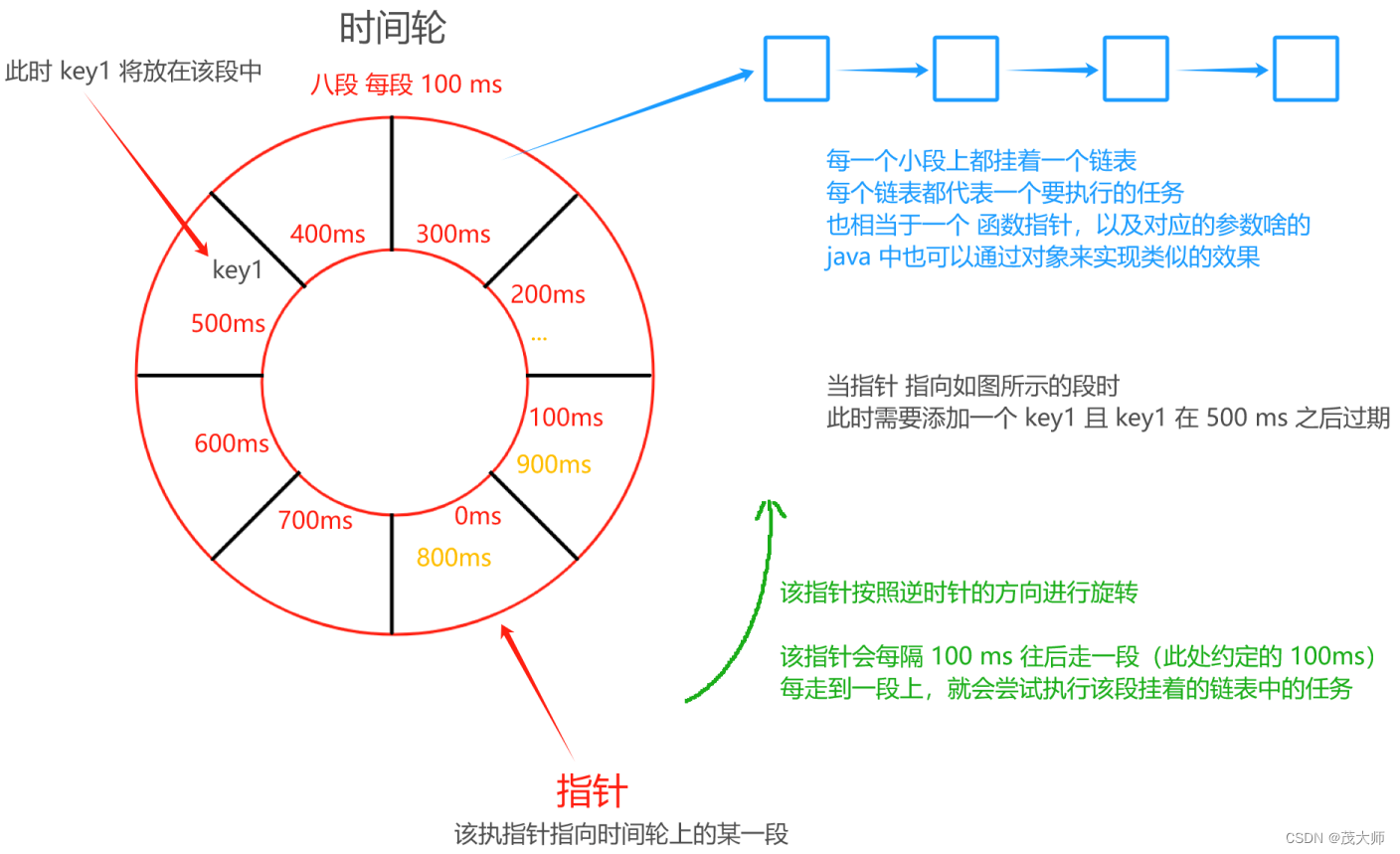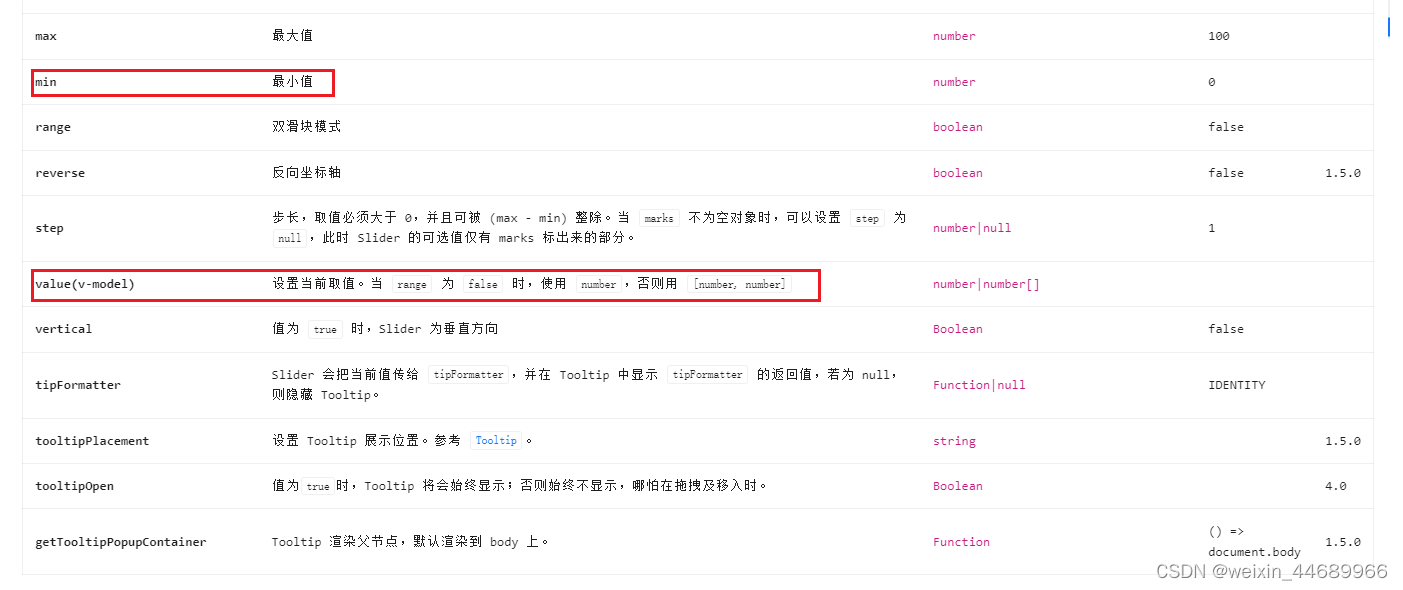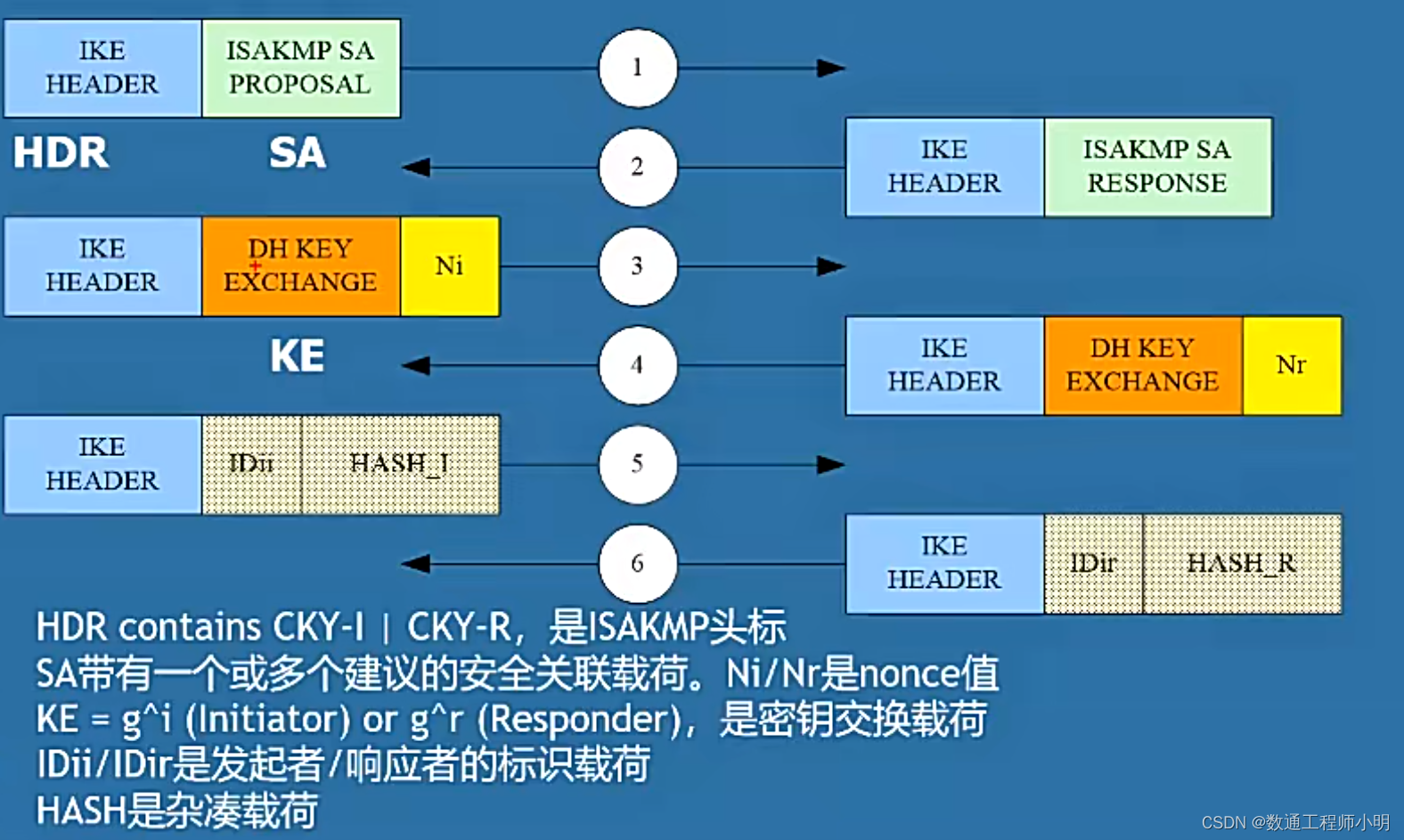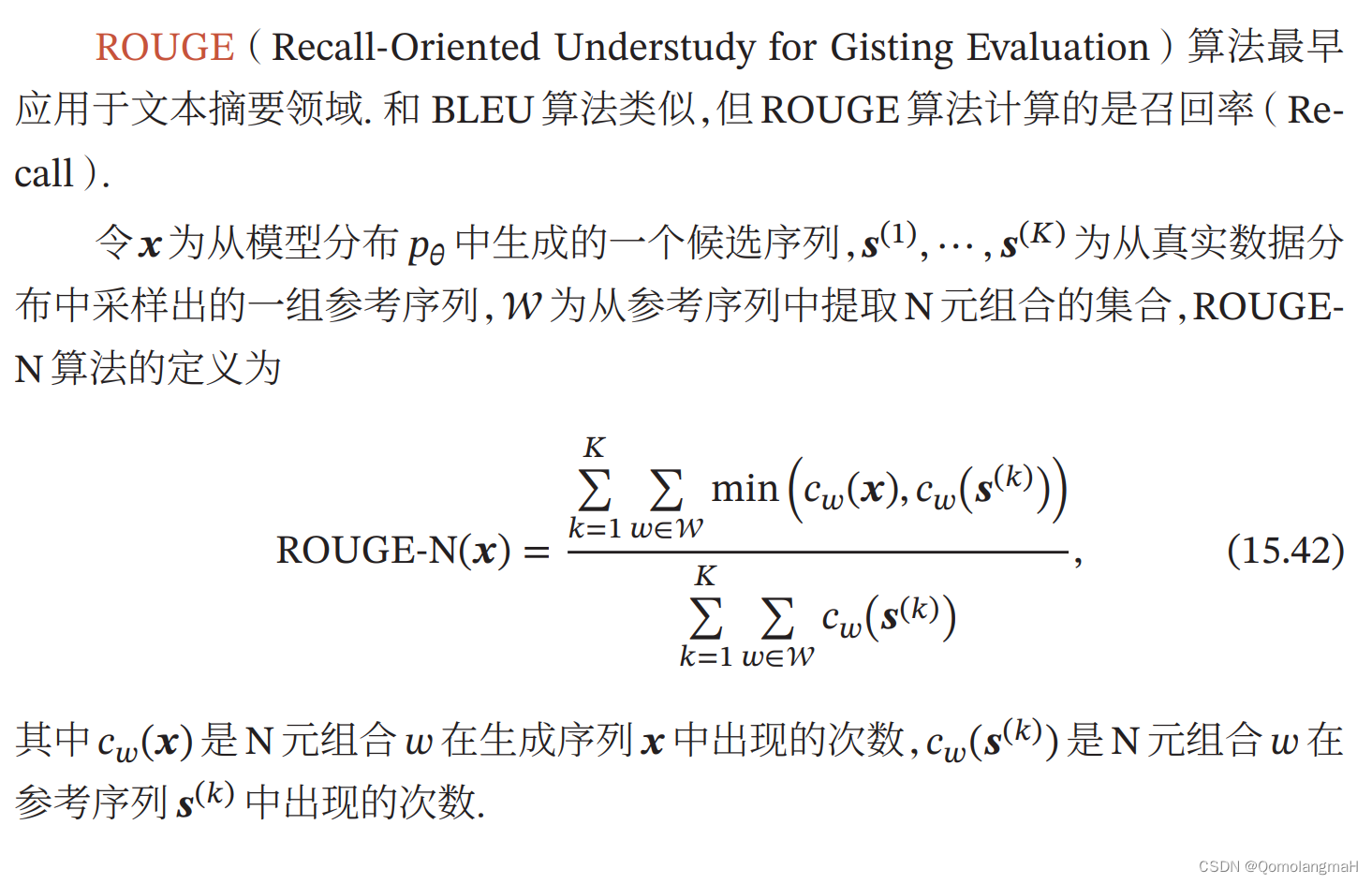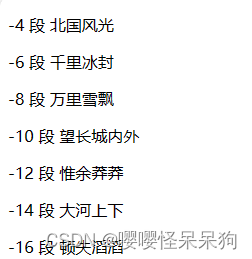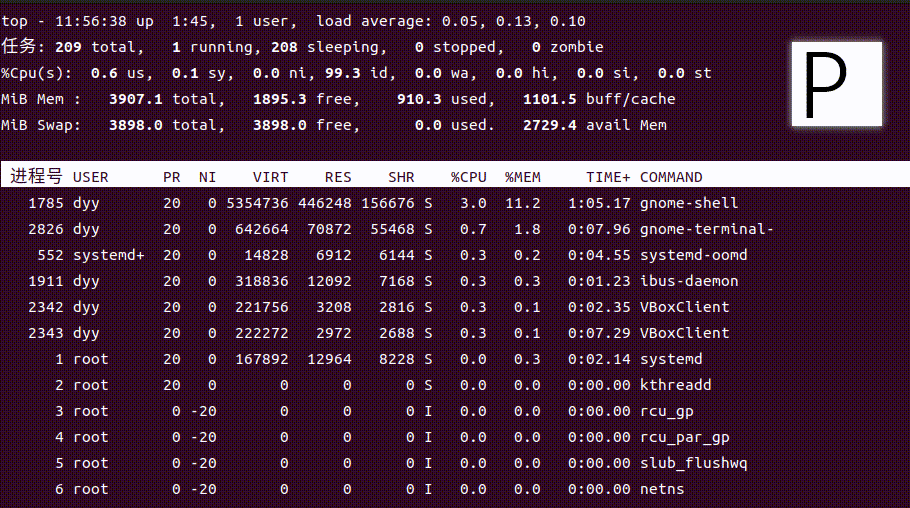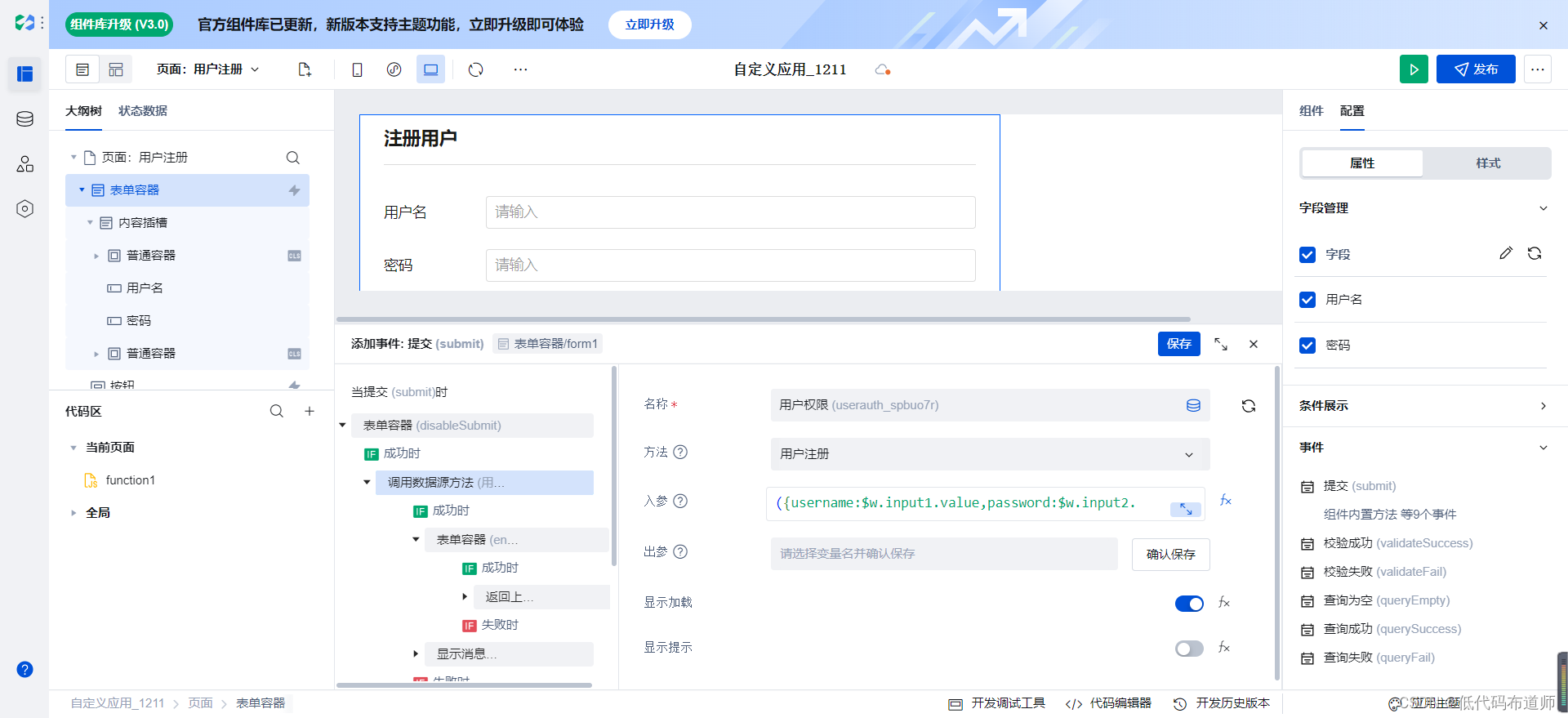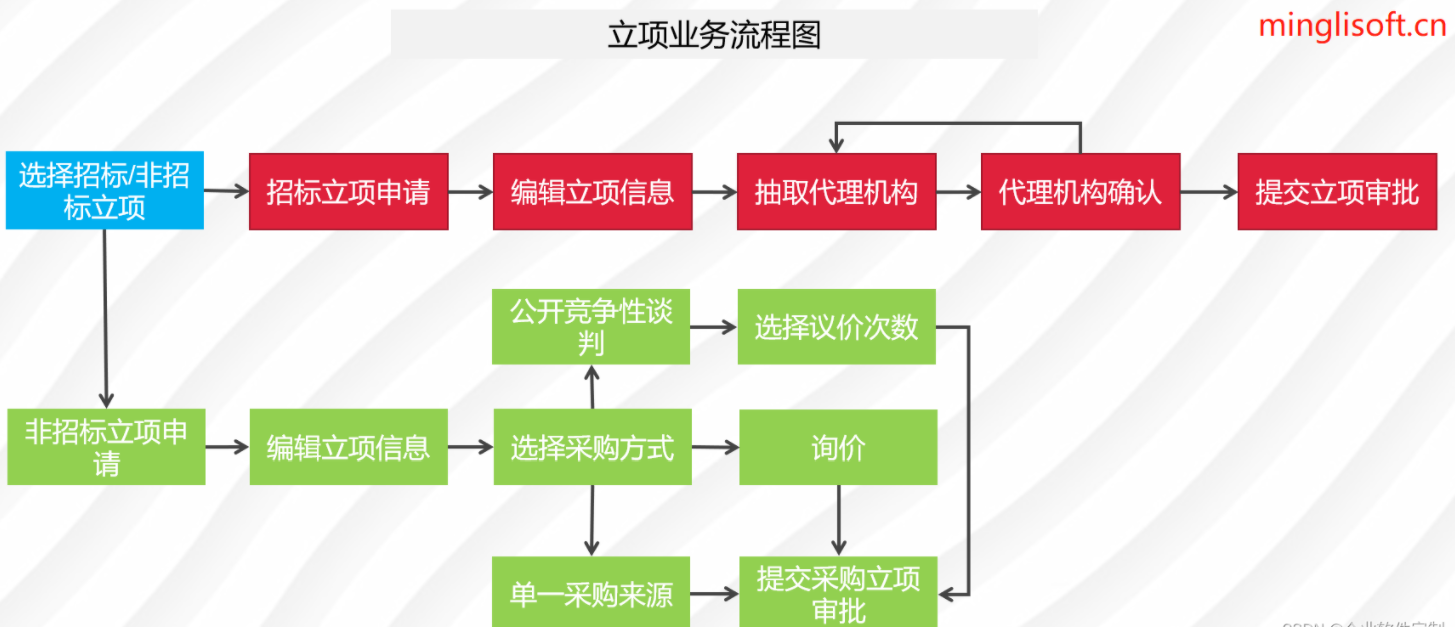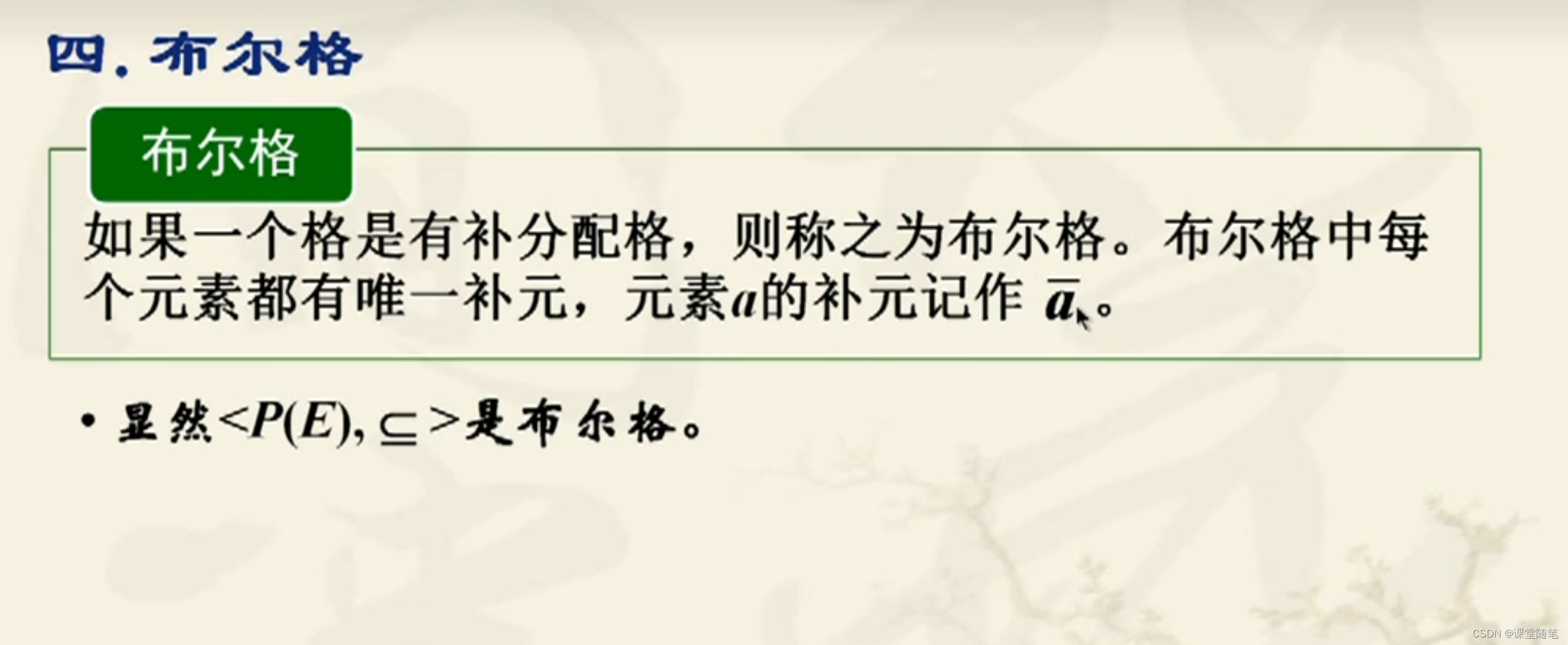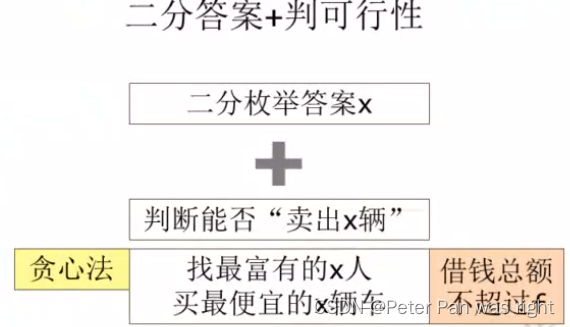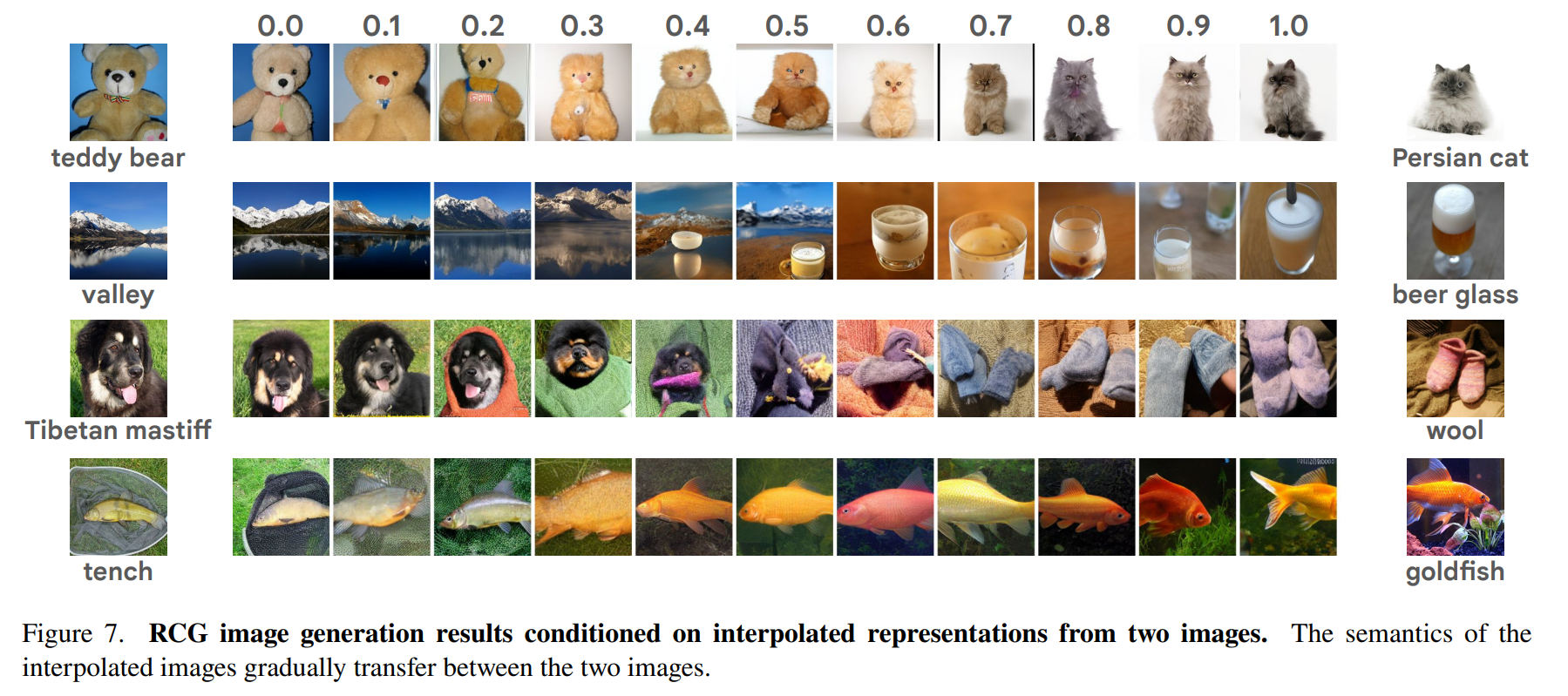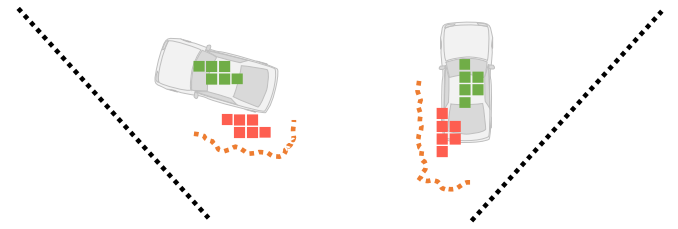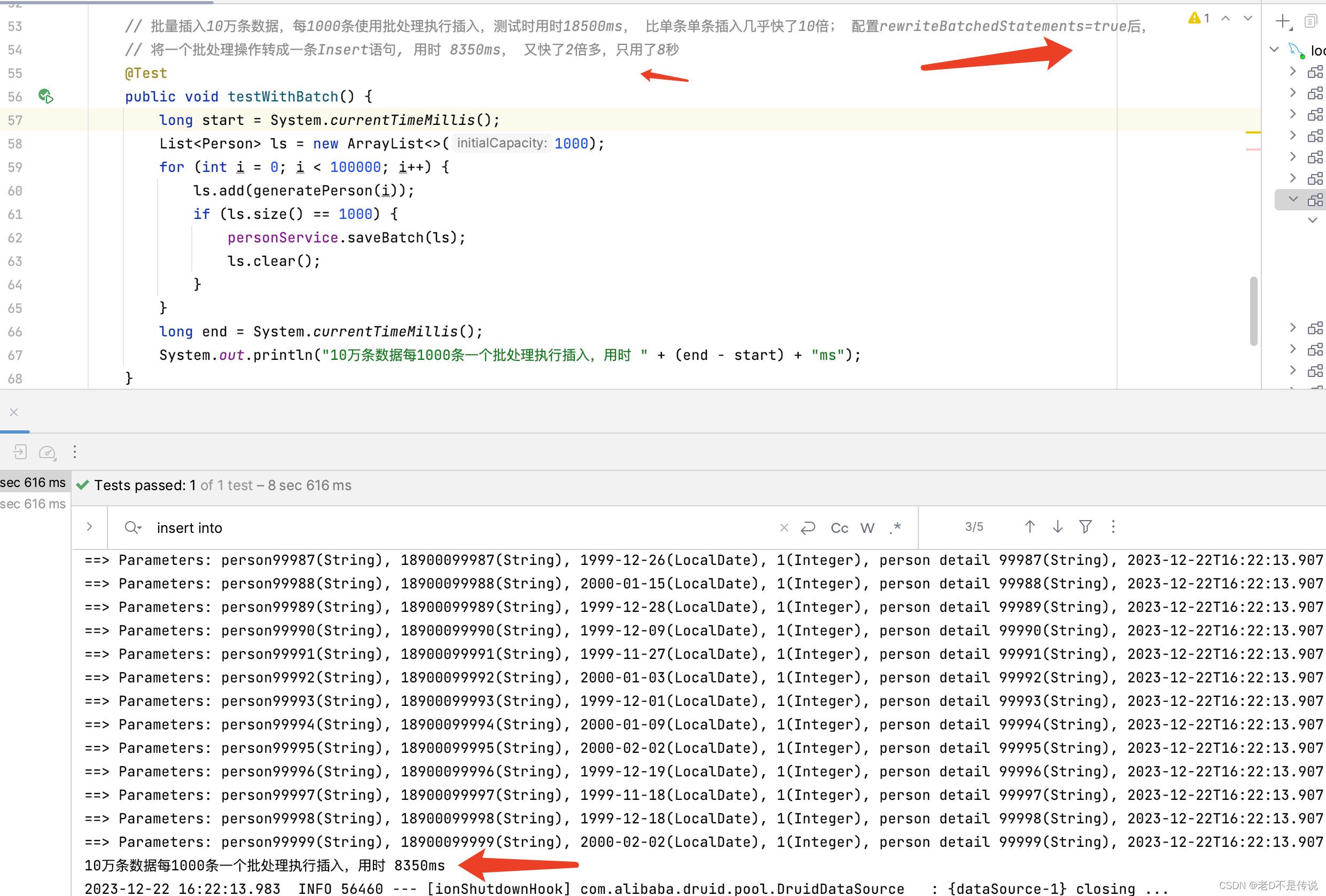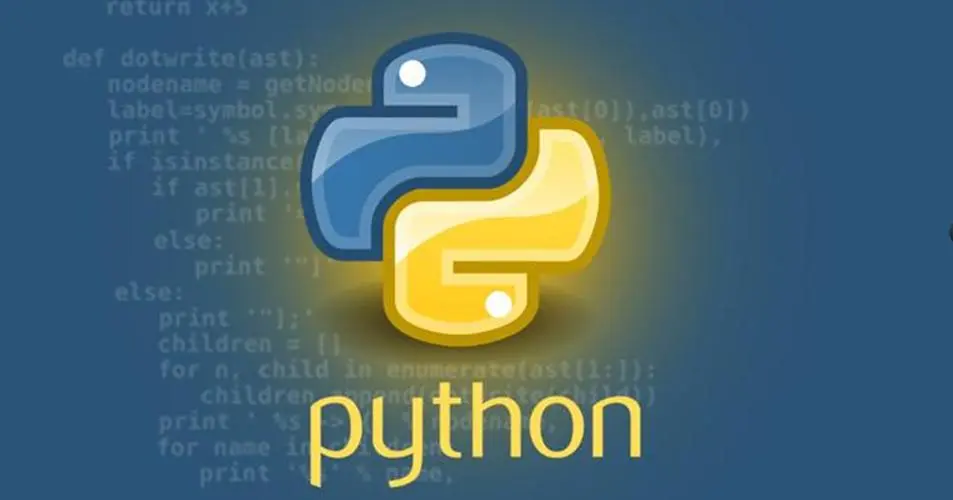
更多资料获取
📚 个人网站:ipengtao.com
在Web自动化测试中,等待是至关重要的一环,而Selenium提供了丰富的等待设置来确保测试脚本的可靠性和稳定性。本文将深入研究Python Selenium中常用的必备等待设置,包括显式等待、隐式等待、自定义等待条件等多个方面。通过详实的示例代码,将为大家提供全面而深入的学习体验。
显式等待
显式等待是在特定条件下等待某个元素的出现或者消失。以下是一个等待元素可点击的示例:
from selenium.webdriver.common.by import By
from selenium.webdriver.support.ui import WebDriverWait
from selenium.webdriver.support import expected_conditions as EC
# 显式等待
element = WebDriverWait(driver, 10).until(
EC.element_to_be_clickable((By.ID, 'example_id'))
)
element.click()
隐式等待
隐式等待是在整个会话中等待元素出现的最长时间。设置一次即可,全局生效:
from selenium import webdriver
# 隐式等待
driver = webdriver.Chrome()
driver.implicitly_wait(10)
driver.get('https://example.com')
element = driver.find_element(By.ID, 'example_id')
自定义等待条件
有时候我们需要根据自定义的条件等待,可以使用expected_conditions中的expected_conditions类:
from selenium.webdriver.support.ui import WebDriverWait
from selenium.webdriver.support import expected_conditions as EC
# 自定义等待条件
class ElementHasText:
def __init__(self, locator, text_):
self.locator = locator
self.text = text_
def __call__(self, driver):
element_text = EC._find_element(driver, self.locator).text
return self.text in element_text
element_locator = (By.ID, 'example_id')
wait = WebDriverWait(driver, 10)
wait.until(ElementHasText(element_locator, 'Expected Text'))
多重等待条件
有时我们需要等待多个条件同时满足,可以使用expected_conditions中的and_或or_:
from selenium.webdriver.support.ui import WebDriverWait
from selenium.webdriver.support import expected_conditions as EC
# 多重等待条件
element_locator = (By.ID, 'example_id')
wait = WebDriverWait(driver, 10)
wait.until(EC.and_(
EC.element_to_be_clickable(element_locator),
EC.visibility_of_element_located(element_locator)
))
页面加载状态的等待
在Web自动化测试中,页面的加载状态是一个关键考量因素。Selenium提供了expected_conditions中的document_to_be_ready_state来等待页面加载完成:
from selenium.webdriver.support.ui import WebDriverWait
from selenium.webdriver.support import expected_conditions as EC
# 页面加载状态的等待
wait = WebDriverWait(driver, 10)
wait.until(EC.document_to_be_ready_state('complete'))
元素存在与可见性等待
除了常规的元素等待,有时还需要等待元素的出现或者可见性。以下是一个等待元素存在并可见的示例:
from selenium.webdriver.support.ui import WebDriverWait
from selenium.webdriver.support import expected_conditions as EC
# 元素存在与可见性等待
element_locator = (By.ID, 'example_id')
wait = WebDriverWait(driver, 10)
element = wait.until(EC.visibility_of_element_located(element_locator))
Fluent等待
Fluent等待允许在等待期间设置轮询条件,增加了等待的灵活性。以下是一个Fluent等待的示例:
from selenium.webdriver.common.by import By
from selenium.webdriver.support.ui import WebDriverWait
from selenium.webdriver.support.ui import FluentWait
from selenium.webdriver.support import expected_conditions as EC
from selenium.common.exceptions import TimeoutException
# Fluent等待
wait = WebDriverWait(driver, 10)
element = FluentWait(driver, timeout=10, poll_frequency=1, ignored_exceptions=[TimeoutException]) \
.until(lambda x: x.find_element(By.ID, 'example_id'))
异步JavaScript加载的等待
对于异步JavaScript加载的元素,可以使用expected_conditions中的invisibility_of_element_located来等待其加载完成:
from selenium.webdriver.support.ui import WebDriverWait
from selenium.webdriver.support import expected_conditions as EC
# 异步JavaScript加载的等待
element_locator = (By.ID, 'async_element')
wait = WebDriverWait(driver, 10)
wait.until(EC.invisibility_of_element_located(element_locator))
总结
在本篇文章中,全面深入地探讨了Python Selenium中常用的必备等待设置,旨在为Web自动化测试提供更为全面和深入的学习体验。通过详实的示例代码,深入介绍了显式等待、隐式等待、自定义等待条件、多重等待条件、页面加载状态的等待、元素存在与可见性等待、Fluent等待以及异步JavaScript加载的等待。这些等待设置不仅仅是简单的时间延迟,更是在确保脚本执行的可靠性和稳定性方面的必备工具。
通过显式等待,能够精确等待某个特定条件的出现或消失,提高了脚本的精准性。隐式等待为整个会话提供了最长等待时间,全局有效,确保了在查找元素时的超时容忍度。自定义等待条件和多重等待条件则进一步增强了等待的灵活性,适应了更多复杂的测试场景。还深入研究了页面加载状态的等待,元素存在与可见性等待,Fluent等待以及异步JavaScript加载的等待,涵盖了更广泛的测试需求。这些等待设置的巧妙应用,可以在处理异步加载、提高页面加载的稳定性等方面展现出强大的效果。
总体而言,本文为大家提供一个全方位的学习路径,使其能够更好地理解和运用Python Selenium中各种等待设置。
Python学习路线
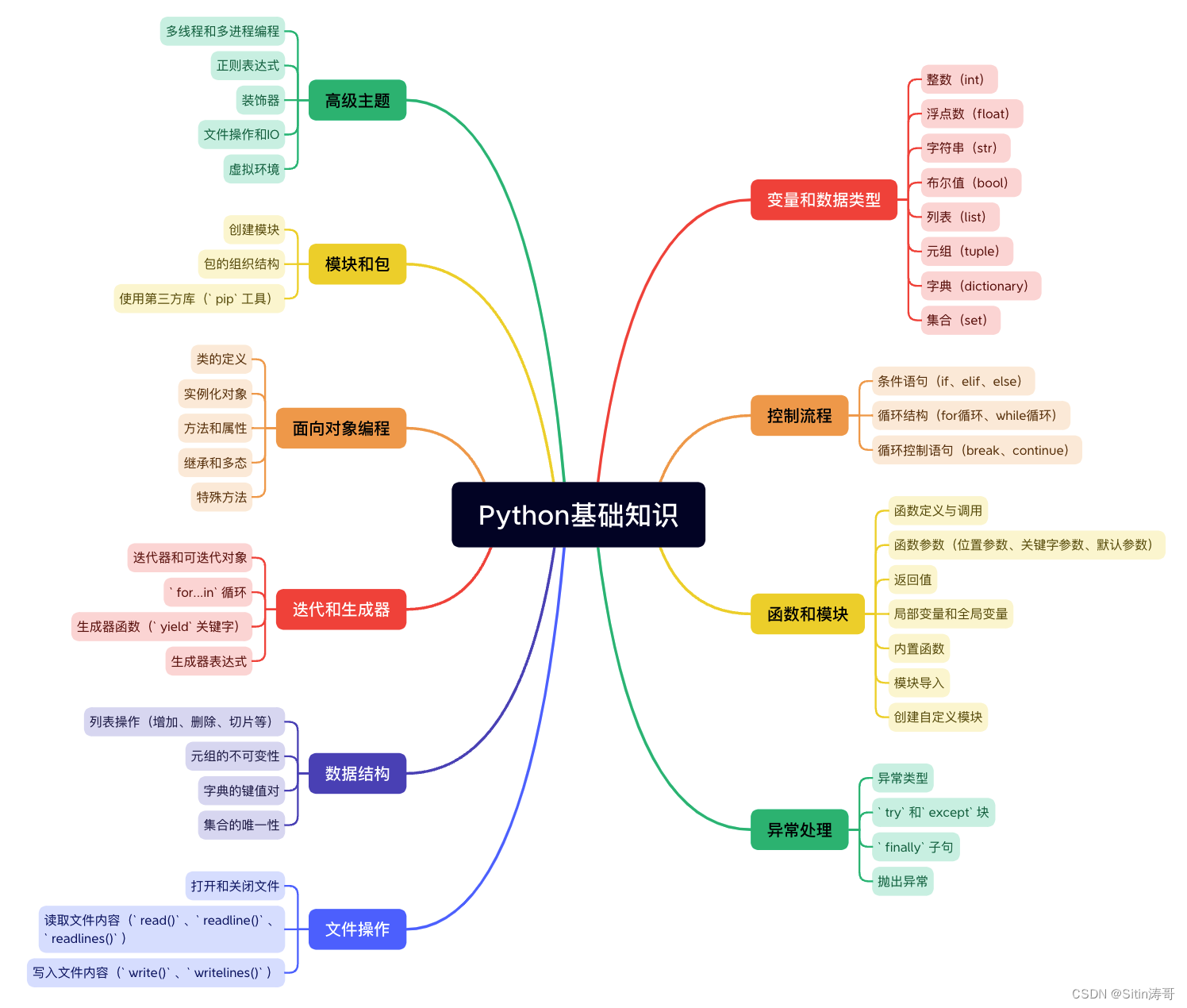
更多资料获取
📚 个人网站:ipengtao.com
如果还想要领取更多更丰富的资料,可以点击文章下方名片,回复【优质资料】,即可获取 全方位学习资料包。
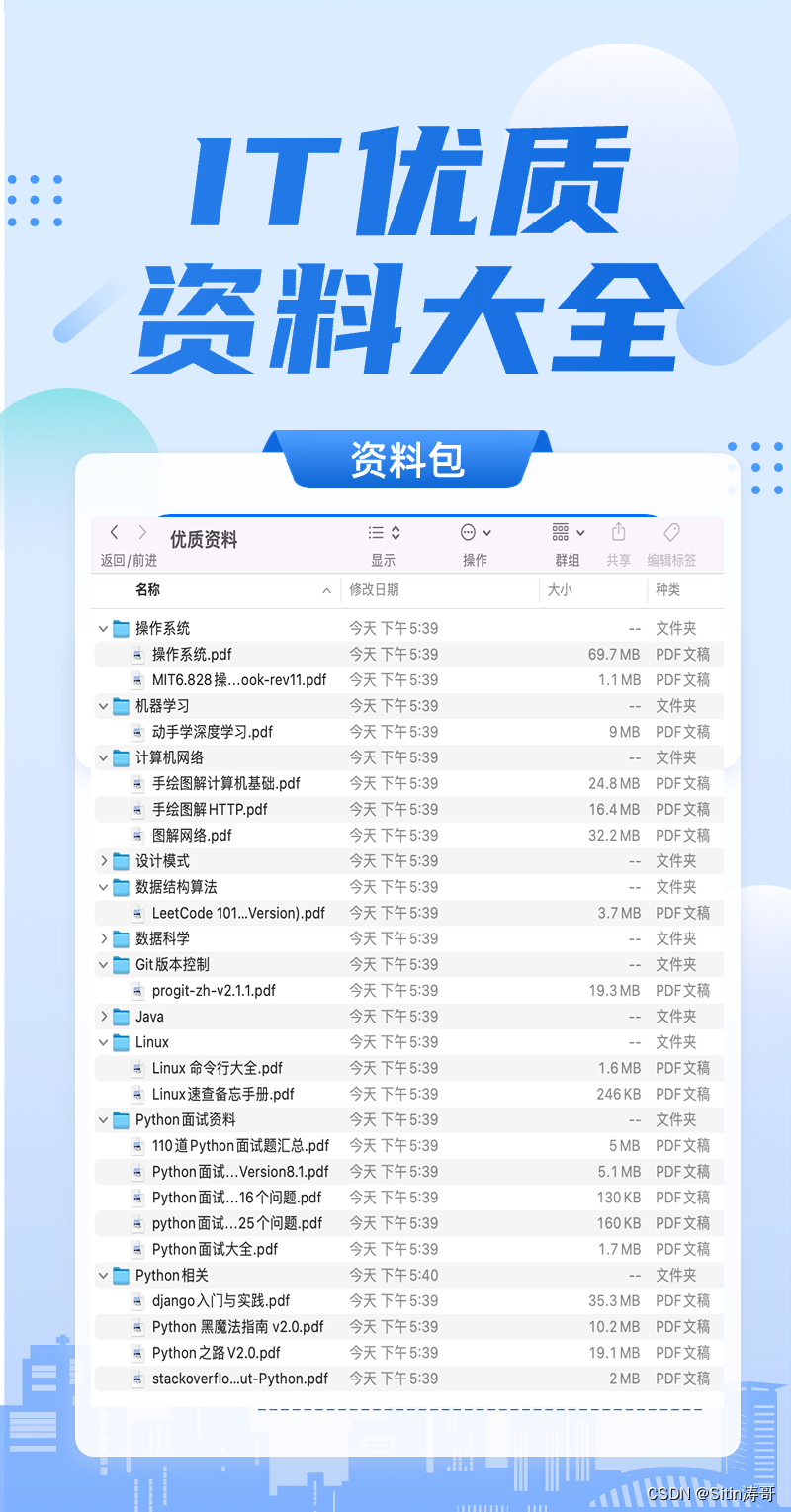
点击文章下方链接卡片,回复【优质资料】,可直接领取资料大礼包。
